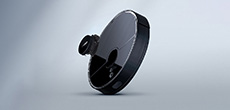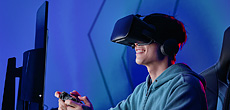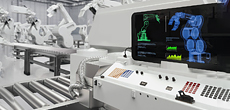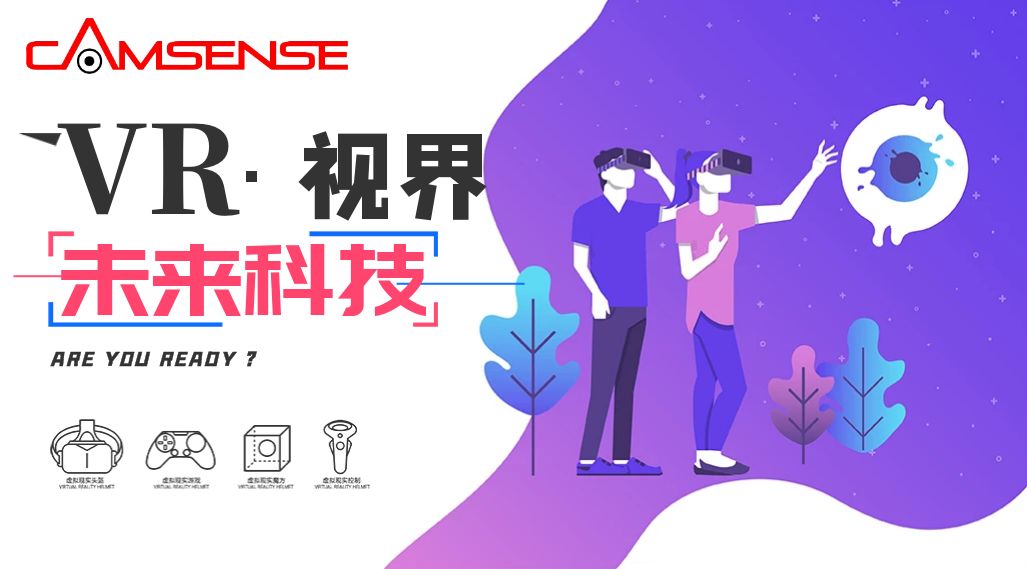When artificial intelligence swept through various industries, high-precision positioning also took advantage of the wind and became the direction that many companies are chasing after. Robots, industrial testing, medical care, VR, AR, Internet of Vehicles, and autonomous driving are all extremely important to it. strong desire. According to IDTechEx, a technology industry information company, the market size of indoor positioning products alone will exceed $10 billion in 2024.
Camsense, as one of the representative companies in the industry, conducted research before entering this field. The founder Christopher and his partners found that there is still a lot of work to be done in terms of cost and technology. They cut in from this, and through technological innovation, intend to become the leader in the industry.
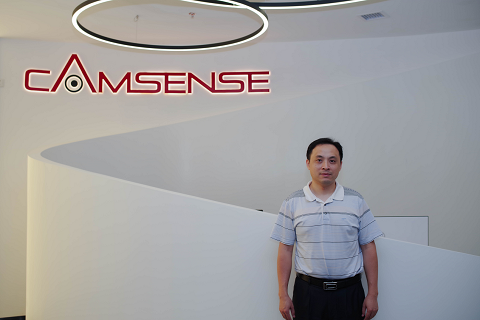
Christopher | The founder of Camsense
Self-developed infrared optical positioning algorithm
Since the establishment of the company in 2014, Camsense has been focusing on the research and development of high-precision positioning vision sensors. At present, there are many core algorithms and chip products with independent intellectual property rights. The main application fields of their products include: lidar for navigation applications in the field of robotics, high-precision positioning systems for industrial inspection and medical applications, and spatial positioning technology for VR/AR interactive applications.
Throughout the entire high-precision positioning industry, there are many indoor positioning solutions, such as UWB (ultra-wideband), inertial navigation indoor positioning algorithms, etc. At present, all Camsense products are based on their self-developed infrared optical positioning algorithms.
Christopher said: "The biggest advantage of the infrared optical positioning algorithm solution is that the positioning accuracy is very high, which can be achieved at the millimeter level or even the sub-millimeter level, while UWB and inertial navigation indoor positioning algorithms cannot achieve such high accuracy."
However, the biggest disadvantage of the infrared optical positioning algorithm is that it will be affected by occlusion, so other solutions are needed to supplement it. At present, the mainstream method in the industry is to use infrared optical algorithms as the main method, supplemented by other solutions to solve the occlusion problem.
"We mainly focus on infrared optical positioning algorithms, and supplement information through gyroscopes when occluded, thereby forming a multi-sensor fusion scheme."
Last year, Camsense shipped hundreds of thousands of LiDAR products alone. The main customers are from the consumer electronics field (sweeping robots and other fields), which can be divided into two categories:
One major category is brand customers, that is, manufacturers with their own brands and the ability to develop the entire solution independently. For such customers, Huanchuang Technology mainly provides lidar products for them; the second type of customers are solution providers, mainly referring to those companies behind the solution providers who have just entered the consumer electronics industry and have not yet been able to develop complete products. They need solutions provide a complete solution for it.
Christopher revealed: "At present, we are already cooperating with the largest robot solution provider in China and are their exclusive supplier."
In the field of industrial testing, Camsense has reached cooperation with COMAC, Haier, Midea, and China Testing. At the same time, their products for the medical field are also being developed.
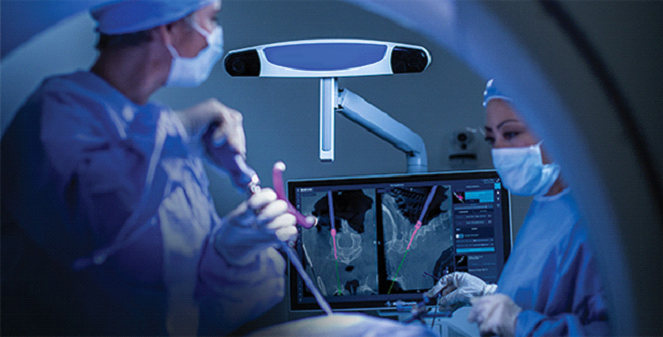
Cut costs from the sensor and processor levels
In the field of consumer electronics, after the market has entered a mature stage, price competition among manufacturers is almost inevitable. Therefore, for upstream suppliers, the cost must be reduced to a very low level.
Camsense does this on two levels.
First, at the sensor chip level, Camsense uses consumer-grade area array Sensors to replace industrial-grade line array Sensors. They have transformed the chips shipped in large quantities on mobile phones and PCs for their own use through algorithms, replaced the original expensive, industrial-grade chips without increasing the cost, and used the transformed chips for lidar. The vertical field of view of the sensor at the area array level can reach 30°-40°, which also makes the later assembly industry process simpler and faster.
As we all know, the price of the chip is related to the shipment volume. The larger the shipment volume, the lower the unit price. There is a big difference between the shipments of industrial-grade chips and consumer-grade chips, so Camsense is enjoying dividends through this innovation.
"Another innovation point is the DSP chip. Before that, the DSP commonly used in the industry was expensive and very powerful, but there were many redundant functions for high-precision positioning solutions, which was equivalent to 'killing a chicken with a knife', so we Independent research and development, design and tape-out of a dedicated ASIC chip. The resources and performance of the chip are tailored for this field, and it achieves the most optimized configuration without unnecessary waste. Based on this, we are dedicated to There is also a cost advantage on the processor chip of the company, which can reduce a chip that costs more than ten yuan to a few yuan.”
In addition to taking a lower-cost approach to sensor chips and processor chips, they also have an advantage over the competition in terms of patents.
Taking lidar as an example, in recent years, with the rise of autonomous driving, there are more and more startups in the lidar industry, and the market competition has reached a state of intense heat. Christopher said that LiDAR is a very patent-intensive industry. If it adopts the same scheme as other companies, it is easy to suffer from patent losses, and then it will be at a disadvantage in market competition.
"Our innovation in patents not only frees us from constraints, but also makes our customers at home and abroad more secure. We can promise our customers: no matter at home or abroad, as long as our products cause them to be subject to patent prosecution, ban We can bear all the losses, so customers can feel more at ease when buying our products.”
Target shipments in 2020 are one million units
In 2020, Camsense's customized goal for itself is: to reach one million shipments, ranking among the top suppliers in the industry. How are they going to be implemented?
Christopher said that this year's market strategy will start from two aspects:
On the one hand, maintain the stable operation of the company. Although the epidemic did not have a direct impact on the company, the scope of the impact is not small. For customers, the primary condition for selecting upstream suppliers is the company rather than the product, and the supplier is required to be stable and safe.
On the other hand, Camsense will continue to impress customers with quality and word of mouth.
Finally, the company will also update and iterate the lidar products used in the field of sweeping robots this year, and will also launch more miniaturized and lower-cost lidar products; and in the VR/AR field, they will also launch a complete solutions, partnering with best-in-class clients in the industry.
